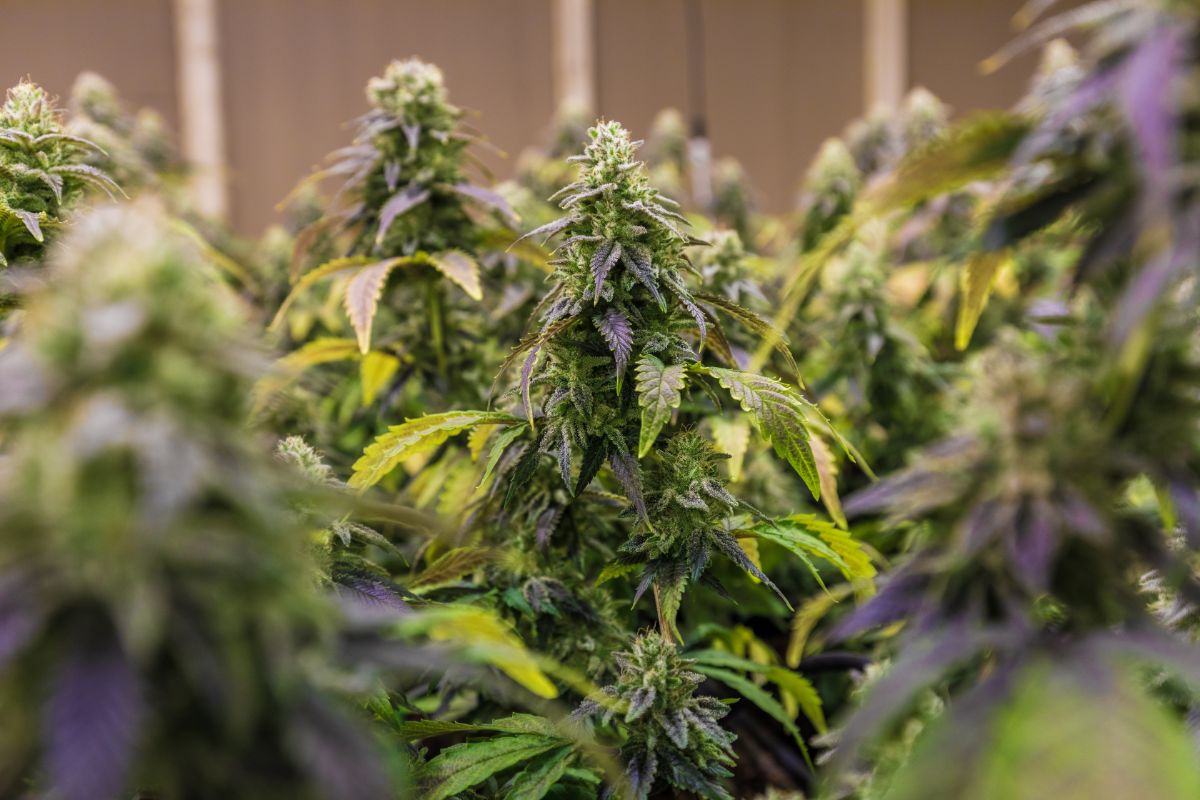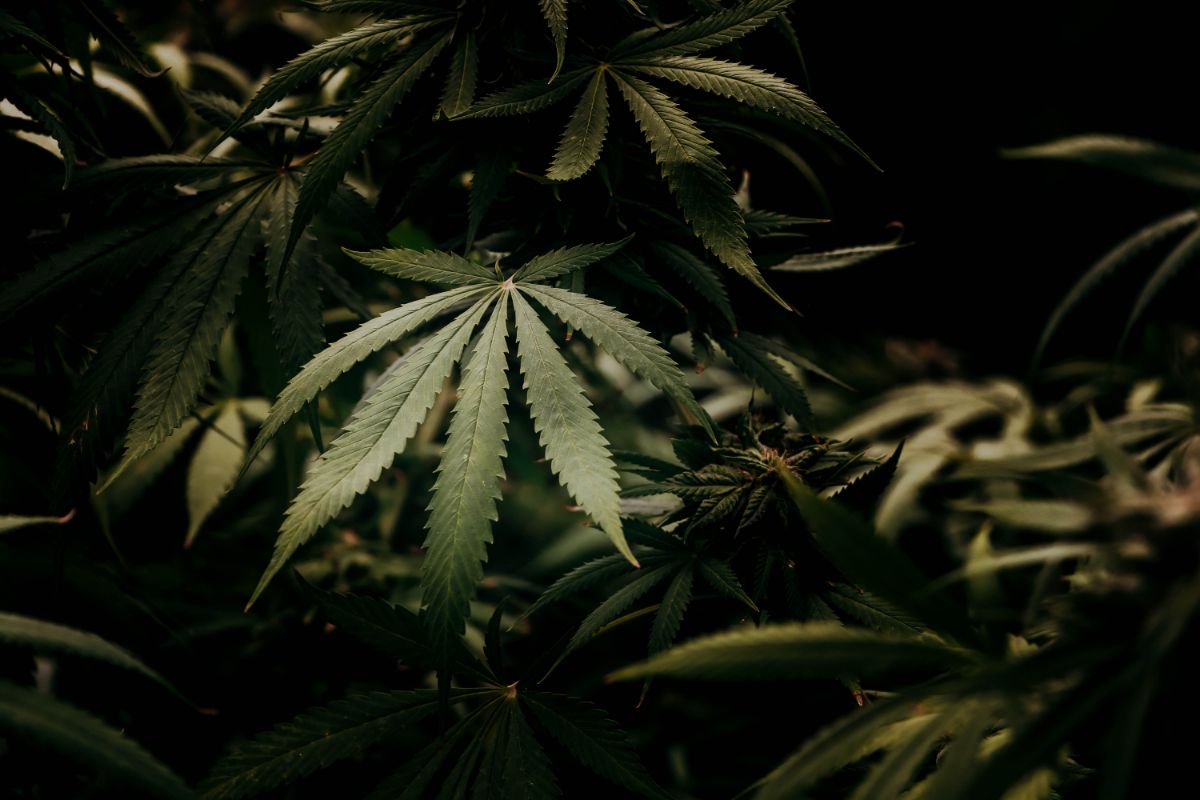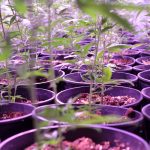If your buds have been looking disappointingly small, your cannabis plant might not be getting the nutrition it needs.
Throughout the growing stage and all the way to the flowering stage, you need to provide your plant with enough energy to support big buds.

Sweet, sticky, and packed full of sugar, molasses is an unexpected essential to your cannabis-growing arsenal. Molasses can be used to take your soil up a gear, providing plenty of energy giving sugars as well as a heavy dose of nutrients.
Ready to make this forgotten kitchen cupboard staple into a grow kit essential? Discover the importance of molasses in cannabis growth with this guide.
About Molasses
Molasses is a sticky and sweet syrup made from refining either sugar cane or sugar beets into sugar.
Thicker, deeper, and with a more powerful flavor than most syrups, molasses is used to add flavor to foods (particularly baked goods), as well as in the production of brown sugar and rum.
But what you might not know about molasses is that it can be used as a soil additive to help your plants grow bigger and better. The rich balance of nutrients and carbohydrates in molasses helps nurture the soil, providing the plant with a lot of energy.
Is Molasses Good For Cannabis Growth?
Yes, molasses can be very good for cannabis growth, although it might not be the most obvious addition to your growing process.
Cannabis needs lots of sugar when it’s growing, which acts as a chemical messenger and helps the plant to metabolize energy.
Cannabis naturally produces and distributes its own sugar. But this natural process probably isn’t going to net you the large and sticky buds that you want from your plant. This is where molasses comes in.
Molasses is packed full of things that are great for your cannabis growth. The nutrients can improve the health of the soil, which helps build the overall health of the plant. And the healthier your plant is, the better your buds will be.
Why Molasses Is Good For Cannabis Growth?
As your cannabis starts to grow and flourish, it needs a lot of energy. If it can’t get that energy, you’ll end up with small, disappointing buds.
The rich mixture of nutrients in molasses feeds the microbes in the soil, providing carbohydrates for your plant to feast on and draw energy from.
Molasses has a really complex blend of nutrients. These include:
- Carbohydrates. We all know molasses contains plenty of sugar, and this sugar is the carbohydrate energy that your plant needs. Carbohydrates also feed the good bacteria in the plant, which then allows the plant to access the nutrients it needs.
- Potassium. Potassium helps the plant during photosynthesis, so it can move energy around the tissue effectively. This will help all parts of the plant grow better, including the buds.
- Calcium. Much like in mammals, calcium is important to the overall strength and integrity of the plant. And when the cells and tissues can grow strong, the plant can grow larger.
- Magnesium. You’ll find magnesium in the chlorophyll of plant tissue, and it’s key to photosynthesis. When a plant lacks chlorophyll, it can’t grow properly.
- Copper. Copper helps the cannabis plant break down the nutrients and carbohydrates it gets from the soil, so they can be put to better use.
What Molasses Should You Use In Cannabis Growth?
Typically an ingredient you’ll find in the kitchen, there are a few different types of molasses available.
- Light molasses is sweet and mild, with high amounts of sugar. It’s popular for eating because it lacks the bitterness of darker molasses. Light molasses has a pale amber color.
- Medium to dark molasses has been boiled for longer than light molasses, deepening the flavor and increasing the level of carbohydrates. It’s often used in baking, thanks to its intense flavor. Medium to dark molasses is a deeper brown than light molasses, and is often thicker.
- Blackstrap molasses is the third boil of molasses. This has the most intense flavor, with less sweetness and more bitterness. Thick and viscous, blackstrap molasses is more likely to be used in savory cooking, rather than sweet.
- Sulfured molasses has been made with sulfur dioxide as a method of preserving the base sugar cane. The addition of sulfur dioxide kills some of the microbes in molasses, meaning it isn’t great for gardening.
Overall, we recommend choosing unsulfured blackstrap molasses. This has a high concentration of sugars combined with a rich microbial life that’s perfect for enhancing your soil.
How Often Do You Use Molasses In Soil?
Molasses can be added to soil in a dry form or a wet form. If you’re using dry molasses, you’ll only need to add it twice. For wet molasses, you’ll use it in soil one or two times a week.
Wet Molasses In Soil
Adding molasses to the soil as part of your watering schedule is probably the easiest method. All you have to do is mix some molasses in with your water and carry on as normal. You can use molasses straight from the tin!
Start using molasses during the initial growing phase. We recommend around 5ml per gallon of water. That’s roughly 1 teaspoon of molasses, mixed into lukewarm water.
Mix until the molasses has dissolved. Using a watering can, apply to the soil 1 or 2 times a week.
During the flowering stage, you want to up the amount of molasses that you add to your soil. Try adding around 10ml, or 2 teaspoons, per gallon of lukewarm water.
If you have a couple of plants on the go at once, and you’re happy with a little experimenting, you can play around with levels to see what works.

Dry Molasses In Soil
Dry molasses is a little harder to get your hands on than wet, but you should find it sold at gardening and DIY centers. Dry molasses is essentially powdered molasses and it’s designed for soil use.
You’ll typically use 500g of dry molasses for every 5㎡ of soil during the growth phase. When the flowering phase starts, reapply the same quantity underneath the topsoil, so the rapidly growing plant can get more of the nutrients it needs.
However, we recommend double-checking what the brand recommends. Your dry molasses might be further enriched with other nutrients, so you need less to add a boost to your soil.
How To Use Molasses As A Foliar Spray
Foliar sprays are good for when you spot areas of deficiency in your growing plant. It goes straight onto the leaves, allowing nutrients to pass immediately into where they’re needed most.
In a spray bottle, mix 1.25ml of molasses (that’s around ¼ tsp) with 1 liter of lukewarm water. Mix well, so that the molasses dissolves completely. Spray the foliar mixture liberally on the affected area.
Repeat the process roughly once every two weeks while the plant is in the growing cycle.
A foliar spray should be used in addition to a soil mix, not instead of a soil mix. But not every plant will benefit from a foliar spray. It should only be used when you notice a problem, not as a preventative measure.
How To Use Molasses As An Insecticide
If you aren’t sold on molasses just yet, here’s another use for this surprisingly handy sweetener! Molasses can be used as a natural insecticide, dislodging and deterring pest insects that might otherwise damage the plant!
If you want to use molasses as an insecticide, follow the same formula as a foliar spray. Mix 1.25 ml of molasses with lukewarm water and spray on the affected area every two weeks.
Can You Use Too Much Molasses In Soil?
Yes, you can use too much molasses in soil. Molasses isn’t a magical solution for bigger buds. If you overdo it, you can actually end up hurting the plant with nutrient burn.
Stick to the levels we’ve provided you, with a gradual increase if you aren’t seeing improvement. If the roots or leaves start to look burnt, stop using molasses.
Final Thoughts
Molasses might not be the first thing you grab when you start growing cannabis, but it’s an easy and convenient way to add extra nutrients to your soil. And those nutrients in your soil then travel into the plant and help feed the buds!
We hope this guide has helped you discover the importance of molasses in cannabis growing. Have you tried using molasses in your soil?
Frequently Asked Questions
The main advantage of choosing molasses over branded supplements for cannabis growth is cost and ease of accessibility.
Molasses is typically cheaper than supplements, and many branded growth supplements actually contain molasses, alongside some other ingredients. Plus, you can pick molasses up at your local store.
However, branded growth supplements contain a conveniently balanced blend of nutrients.
Although rumor has it that using molasses can change the taste of your cannabis, this is probably just the placebo effect.
Molasses in the soil essentially equals carbohydrates in the plant — the cannabis isn’t absorbing straight molasses. If you think it’s growing sweeter, it might just be that it’s growing better.
- 5 Best Weed T-Shirts For Women - June 26, 2023
- What To Wear To A Cannabis Café: 10 Awesome Options - June 26, 2023
- What Is Stoner Girl Clothing? All You Need To Know - June 26, 2023










